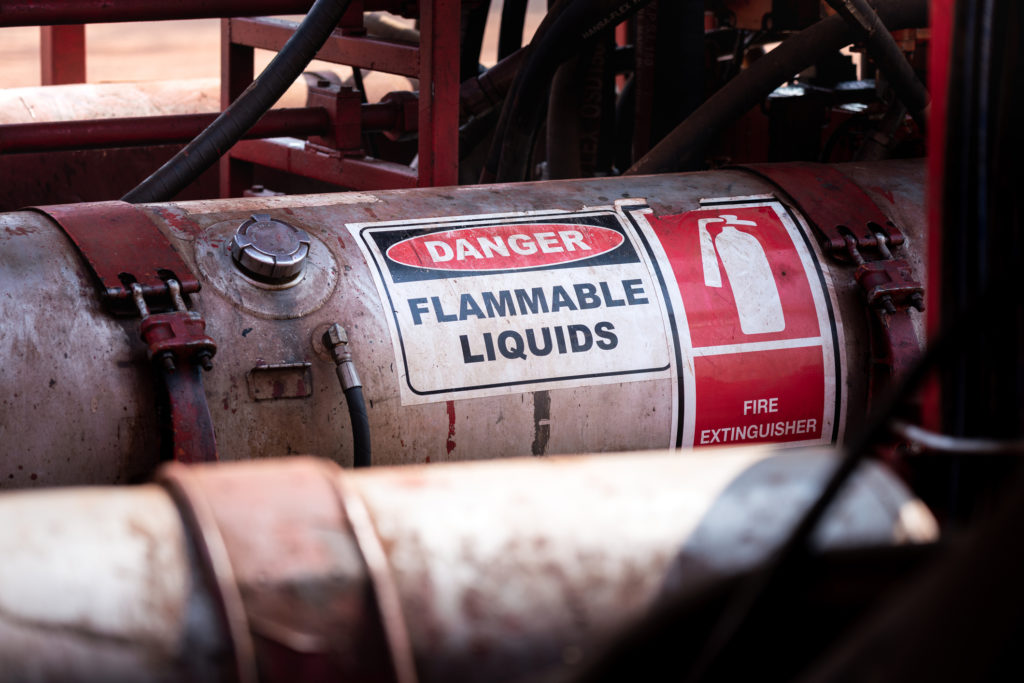Maritime Burn Injuries
Burn injuries, and their numerous causes, can be just as prevalent at sea as they are on land.
Maritime work often involves heavy machinery, moving parts, hazardous chemicals, and extreme temperatures – a combination of factors that, without the proper safety and maintenance requirements in place, can turn dangerous or deadly.
Types of Burn Injuries at Sea
While the actual symptoms and consequences of burn injuries are numerous, burn injuries are frequently categorized by medical professionals into one of four types:
- First degree burns: First degree burns, while considered the ‘least serious’ of the three, can still impact your ability to work. First-degree burns only affect the outermost layer of skin (known as the epidermis), and may cause redness or peeling but will not result in blisters.
- Second degree burns: Second degree burns affect the second layer of skin (underneath the outermost layer), referred to as the dermis. The burn will hurt to the touch and may have visible damage such as blistering. These burns have the potential to leave a scar, discoloration, or other permanent damage depending on the severity of the injury, where it occurred, and how fast it was treated.
- Third degree burns: Third-degree burns (sometimes referred to as “full thickness burns”) are any burn where the outermost two layers of skin are damaged or destroyed due to the severity of the burn. These burns can go deep enough to the point where nerve endings can be damaged, and are very likely to leave lasting injuries such as nerve damage, partial paralysis, or discolored tissue/skin.
- Fourth degree burns: Fourth degree burns are the most serious and life-changing – or even life threatening – type of burn injury. Fourth-degree burns not only destroy every one of your layers of skin, but can damage the muscles, tendons, and even bones underneath if the burn is severe enough. These burns can have a massive impact on your quality of life, and can lead to death or disfigurement in many cases from complications like sepsis or long-term tissue damage.
Common Causes of Maritime Burn Injuries
So we know how serious burn injuries can be, but it can be equally important to know what causes them. Particularly in maritime work, the risks of burn injuries can be numerous due to the sort of work being performed, and the sort of equipment used. A few common examples include:
- Engine room fires, caused by damage to the equipment, spilled fuel/oil, or other malfunctions
- Electrical equipment damage, where sparks from improperly maintained equipment ignite nearby flammable materials
- Improperly stored flammable materials, including rags, fuel, combustible liquids, and other unsafe materials that need to be stored far away from heat sources
- Lack of proper ventilation, leading to a buildup of hazardous fumes or chemicals that can be easily ignited (or may even lead to other types of chemical injuries)
- Lack of inspection or maintenance protocols, causing these fire/explosion risks to be exacerbated due to improper maintenance routines
Many of these fire hazards can be traced back to a lack of maintenance and proper safety routines on the part of the ship owner, and in a number of cases they could’ve been prevented through proper diligence and responsible boat ownership.
What Can I Do If I Have Suffered A Maritime Burn Injury?
If you or a loved one have been injured, disabled, or even killed due to a fire (or similar hazard) while working on the water, the maritime lawyers of O’Bryan Law can help you. Our team of knowledgeable, compassionate lawyers can help identify the cause of your injury, and help you work to get your fair compensation.
Contact O’Bryan Law today and we can begin reviewing the details of your case.




